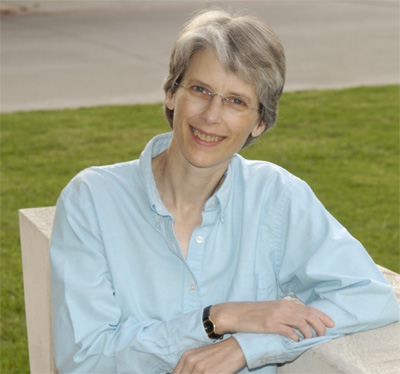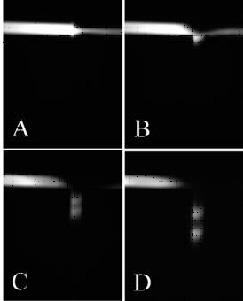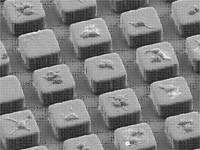Samueli School Biomedical Engineers Developing New Approach to Sort Living Cells
Research seeks to find effective methods for analyzing individual human cells
 Researchers at UC Irvine’s Integrated Nanosytems Research Facility are working together with scientists from various technological fields to develop, cultivate, and promote emerging innovations required to engineer a new microworld.
Researchers at UC Irvine’s Integrated Nanosytems Research Facility are working together with scientists from various technological fields to develop, cultivate, and promote emerging innovations required to engineer a new microworld.
Meet Nancy Allbritton, M.D., Ph.D., a professor in the Departments of Physiology and Biophysics, Biomedical Engineering, Chemistry, and Chemical Engineering and Materials Science, who is conducting biomedical research at the INRF to find more effective ways in which to analyze individual human cells that make-up all organs and tissues.
Scientists are in need of new techniques to prepare and analyze cells for chemical and genetic study, and Allbritton is part of an interdisciplinary team at the INRF composed of biologists, engineers, physicists, and chemists who are working to develop new approaches for biochemical studies of individual cells, and to select cells for the preparation of pure samples. These developments will have widespread utility for scientists conducting biomedical research, stem cell studies, and drug screening.

In one project, researchers are combining modern microfabrication techniques with integrated laser or electrical systems and chemical separations to build devices capable of performing enzymatic assays on individual cells. The main goal of this effort is to provide high-throughput tools for applications in patient care diagnostics and in pharmaceutical screening.
 The objective of another project seeks to enable the selection of living, single cells, or small populations of cells for in-depth cell research. Current selection methods are damaging, require extensive efforts for selection, or are very costly.
The objective of another project seeks to enable the selection of living, single cells, or small populations of cells for in-depth cell research. Current selection methods are damaging, require extensive efforts for selection, or are very costly.
Allbritton’s research involves the design and fabrication of large arrays of releasable cell “pallets” manufactured on ultra-small scales. This platform technology will be capable of analyzing a population composed of several hundred thousand cells followed by collection of one or a small number of cells for further use and study. This technology will greatly benefit many scientists, especially those dedicated to cancer and stem cell research.
